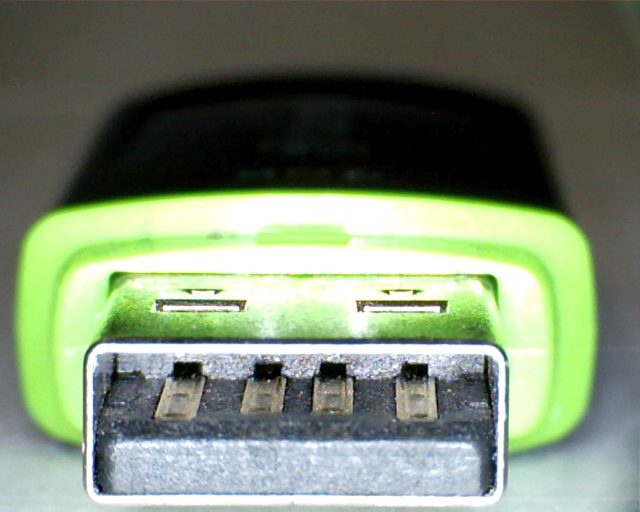
Attackers are actively exploiting a vulnerability in all supported versions of Windows that allows them to execute malicious code when targets mount a booby-trapped USB on their computers, Microsoft warned Tuesday in a regularly scheduled bulletin that patches the flaw.
In Tuesday's bulletin, Microsoft officials wrote:
The vulnerability is reminiscent of a critical flaw exploited around 2008 by an NSA-tied hacking group dubbed Equation Group and later by the creators of the Stuxnet computer worm that disrupted Iran's nuclear program. The vulnerability—which resided in functions that process so-called .LNK files Windows uses to display icons when a USB stick is plugged in—allowed the attackers to unleash a powerful computer worm that spread from computer to computer each time they interacted with a malicious drive.An elevation of privilege vulnerability exists when the Mount Manager component improperly processes symbolic links. An attacker who successfully exploited this vulnerability could write a malicious binary to disk and execute it.
To exploit the vulnerability, an attacker would have insert a malicious USB device into a target system. The security update addresses this vulnerability by removing the vulnerable code from the component.
Microsoft received information about this vulnerability through coordinated vulnerability disclosure. When this security bulletin was issued, Microsoft has reason to believe that this vulnerability has been used in targeted attacks against customers.
When Microsoft patched the .LNK vulnerability in 2010 with MS10-046, company officials classified the vulnerability as "critical," the company's highest severity rating. The classification seemed appropriate, considering the success of the .LNK exploits in infecting large numbers of air-gapped computers. For reasons that aren't clear, Tuesday's vulnerability has been rated "important," Microsoft's second-highest severity rating. Update: As Virus Bulletin researcher Martijn Grooten pointed out, the .LNK vulnerability was remotely exploitable, allowing it to infect millions of people. By contrast, the bug patched Tuesday appears to require a USB stick, a requirement that would greatly limit the scale of attacks. That's the likely reason for the lower severity rating.
In addition to fixing the bug, Microsoft is also releasing software that allows patched computers to log attempts to exploit the bug. That will make it easier for people to know if they were targeted by attackers.
Separately, a word of caution: the installation of Windows language packs will require Tuesday's patch to be reinstalled. Accordingly, before running the update, users should make sure they install any language packs they expect to need in the future.
The fix for the USB vulnerability was one of 14 patch bulletins Microsoft published on Tuesday as part of its monthly update cycle. Microsoft typically identifies by name the person or group reporting the vulnerabilities that get fixed. In this case, however, the company didn't elaborate beyond saying notification came "through coordinated vulnerability disclosure."
reader comments
46